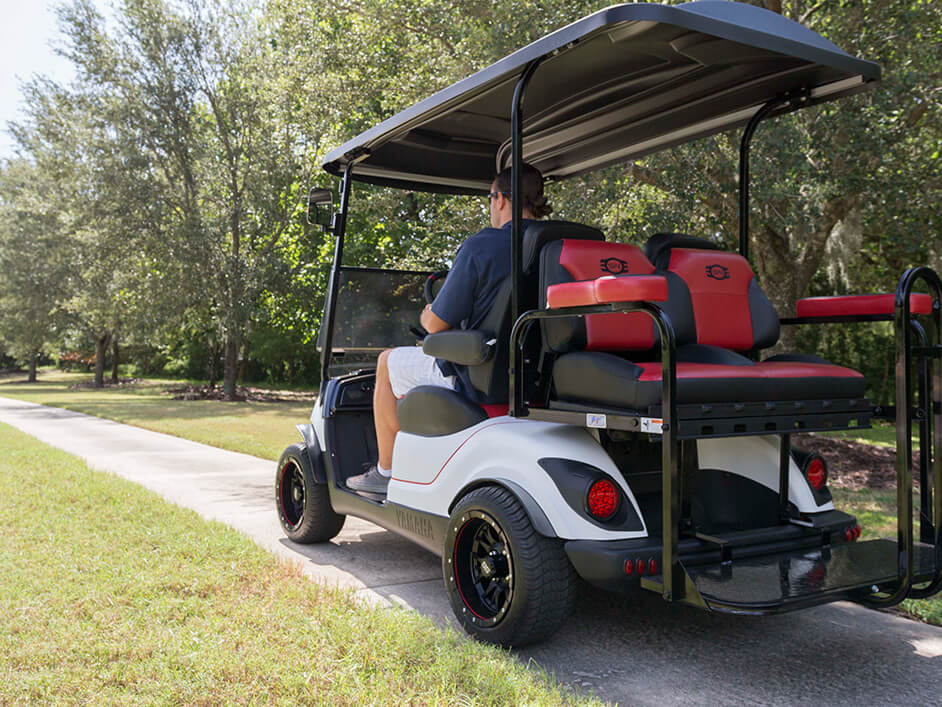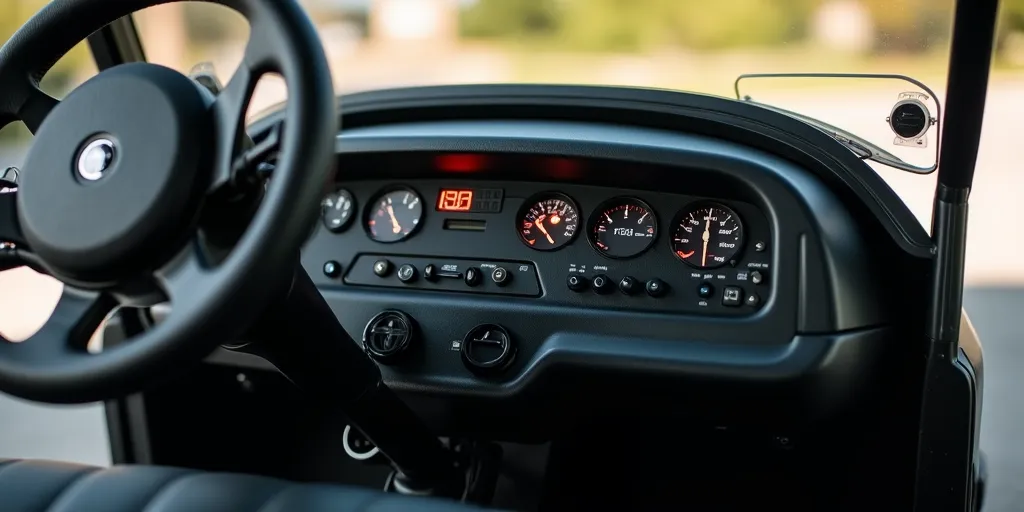
Is a Side-by-Side Considered a Motor Vehicle Understanding the Legalities
Side-by-side vehicles (SxS) are a popular choice for off-road enthusiasts. But are they considered motor vehicles? In this article, we will explore the classification of side-by-side vehicles, their use on roads, and whether you need a special license to operate one.
What is a Side-by-Side Vehicle?
A side-by-side vehicle, also known as a Utility Task Vehicle (UTV) or Recreational Off-Highway Vehicle (ROV), is a motorized off-road vehicle designed to carry multiple passengers. These vehicles are typically used for recreational activities like trail riding, hunting, and farming. Side-by-sides are known for their rugged build, powerful engines, and high ground clearance, making them ideal for traversing difficult terrains.
Side-by-side vehicles are generally built with side-by-side seating arrangements, where passengers sit next to each other. They are designed to handle a variety of off-road environments and are commonly equipped with roll cages, safety belts, and other features that enhance rider protection in rough conditions.
Are Side-by-Side Vehicles Considered Motor Vehicles?
In most legal contexts, side-by-side vehicles are considered motor vehicles, but they fall under the category of non-highway vehicles, commonly referred to as Off-Highway Vehicles (OHVs). While they are motorized, they are not typically classified as street vehicles because they are designed for off-road use. They are not allowed on public roads unless they are specifically registered for road use and meet local legal requirements.
Although side-by-side vehicles are designed primarily for off-road use, they can be modified and registered for road use in some states. To do so, modifications are usually required to meet specific safety standards, such as adding headlights, turn signals, brake lights, mirrors, and other necessary components that are required for on-road vehicles. This modification process can vary depending on the jurisdiction, and not all states or regions allow side-by-side vehicles to be driven on public roads.
As such, while a side-by-side vehicle can technically be classified as a motor vehicle, it is generally treated as an off-highway vehicle unless specifically modified and registered for road use. It’s essential for owners to be aware of their state’s regulations regarding the road use of side-by-side vehicles to avoid any legal complications.
Do You Need a Special License for a Side-by-Side?
In most states, you do not need a special driver’s license to operate a side-by-side vehicle if you are riding it on private land or off-road trails. However, when you take a side-by-side on public roads or highways, some states may require you to have a special license or permit to drive it legally. This is particularly true if the side-by-side has been modified and registered for road use.
For instance, if you want to operate a side-by-side on public roads, some jurisdictions may require you to have a valid driver’s license, while others may require a special off-highway vehicle (OHV) license or permit. These regulations vary from state to state, and it’s essential to check with your local Department of Motor Vehicles (DMV) or appropriate government agency to understand what is required in your area.
In general, the requirements for a special license for side-by-sides are less strict than those for traditional motor vehicles. However, operators must still follow any local rules about registration, insurance, and road use. Furthermore, side-by-side operators are usually required to wear seat belts and other safety equipment, as mandated by local laws for off-highway vehicles.
Legal Modifications for Road Use
If you plan to drive your side-by-side on public roads, you will need to make certain modifications to meet the legal requirements for road vehicles. These modifications can include:
- Lighting System: Install headlights, taillights, turn signals, and brake lights to ensure visibility and safety on the road.
- Safety Features: Add a rearview mirror, horn, and possibly a windshield to meet road safety standards.
- Speed Limiter: Some states require that the ATV or UTV have a speed limiter or be restricted to a maximum speed of 25 to 35 mph.
- Windshield and Wipers: A windshield and functional wipers may be required for road use, depending on the jurisdiction.
Once these modifications are made, you may need to register your side-by-side with the local DMV or equivalent authority. Some states issue special “street-legal” tags or decals to indicate that the vehicle is authorized to operate on public roads. It’s also important to carry the appropriate insurance and follow the legal requirements for road use.
Where Can I Find More Information About Side-by-Side Vehicles?
If you are considering purchasing a side-by-side vehicle and need more information about the legal requirements, modifications, and local regulations, it’s a good idea to consult authorized dealers or check local DMV regulations. Many side-by-side vehicle dealers can provide valuable insight into registration processes, licensing requirements, and modifications for road use.
Conclusion
Side-by-side vehicles are considered motor vehicles in many contexts, but they are generally classified as off-highway vehicles (OHVs) unless specifically modified and registered for road use. While no special license is required to operate a side-by-side on private land or off-road trails, certain states may require a special permit or license for road use. If you’re considering taking your side-by-side on public roads, be sure to check with local authorities about the necessary modifications and legal requirements to ensure you’re in compliance with state and local laws.





Add a review
Your email address will not be published. Required fields are marked *